In response to Russia’s invasion of Ukraine, President Biden has banned all imports of Russian oil, gas, and energy. While the United States is not a major consumer of Russian oil and gas, the ban has nevertheless had an impact on global energy markets and pushed commodity prices higher. This has come through in the form of higher gas prices and higher inflation overall.
Some are up in arms about higher gas and consumer prices, but others see it as a much-needed nudge to delve further into clean energy sources - after all, the looming scepter of climate change evidently wasn't enough to shock us in that direction. Extreme weather events have been experienced all over the world, rising heat is killing crops and trees, and rising seas put coastal communities at risk.
The daunting realities of climate change can make even the smallest lifestyle changes feel futile, but every little bit helps. From affordable interventions like composting to more ambitious endeavors like going solar, there are many ways renters, homeowners, and shareholders can help mitigate the effects of climate change.
Some are up in arms about higher gas and consumer prices, but others see it as a much-needed nudge to delve further into clean energy sources - after all, the looming scepter of climate change evidently wasn't enough to shock us in that direction. Extreme weather events have been experienced all over the world, rising heat is killing crops and trees, and rising seas put coastal communities at risk.
The daunting realities of climate change can make even the smallest lifestyle changes feel futile, but every little bit helps. From affordable interventions like composting to more ambitious endeavors like going solar, there are many ways renters, homeowners, and shareholders can help mitigate the effects of climate change.
In this article:
Composting Programs
Whether you’re a renter, shareholder, or homeowner, it is in your power to start composting. On the climate front, the main advantage of composting is that the practice diverts organic materials away from landfills. This in turn reduces the production of potent greenhouse gases, making it a key component of New York meeting zero-waste goals. Composted materials can also be used to mitigate the effects of climate change by preventing erosion (e.g., during extreme storms) and retaining water during droughts. As an added bonus, separating food scraps into impenetrable plastic bins could make the rest of the city’s garbage supply less attractive to rodents.
The NYC Compost Project, which is run by the NYC Department of Sanitation (DSNY), was launched in 1993. However, the program was put on pause in 2020 due to the pandemic, and Mayor Adams’ budget cuts include halting the reintroduction and expansion of curbside compost pickup. This runs counter to a campaign promise of expanding curbside composting service to every city neighborhood, but he said participation was too low to justify sending trucks to areas where so few compost. Proponents of the program, though, say it’s a catch-22 - more people would compost if it was more convenient for their area.
While only seven community boards throughout the five boroughs currently offer curbside composting service, there are drop-off compost bins throughout the city. If you don’t already have a program in your community, you can fill out this form to request a city-sponsored bin program be set up in your neighborhood.
Water Reduction Initiatives
Everyone loves a long shower, but when it comes to fighting climate change, these long showers are sadly part of the problem. Not only are you using excess water, but the energy it takes to pump and heat the water also leads to increased greenhouse gas emissions. Given that the average American uses 25,300 gallons of water a year, imagine how much good you could do by simply cutting your daily shower down by a minute or two. If you’re a homeowner, you can do more than cut those hot, long showers short by also purchasing appliances and fixtures, including showerheads, that carry the WaterSense label. Products carrying the WaterSense label have been engineered to lower your water consumption.
Solar Energy Projects
One of the best ways to fight climate change is by shifting to a clean energy source, such as solar. Solar power not only reduces one’s reliance on fossil fuels, such as oil and gas but also limits greenhouse gas emissions and radically reduces one’s carbon footprint.
When Cabrini Terrace, a coop in Washington Heights, installed solar panels in 2007, the coop was a pioneer. Within two years, another Washington Heights coop, The River Arts—inspired in part by their uptown neighbor’s success—also installed solar panels. Over a decade later, with growing data that investing in solar can yield a great return, the solar trend is now well underway. In 2019, Stuyvesant Town-Peter Cooper Village completed the installation of solar panels, making it home to the largest residential solar project in the United States. There are now plans to bring solar to other large residential communities in NYC, including Co-op City in the Bronx.
While co-ops and condos that adopt solar tend to garner the most attention, individual homeowners in New York City also continue to warm to the idea of harnessing the sun’s energy. The good news is that whatever the size of your solar projects, the city provides tax abatements to property owners who install solar electric-generating systems. Of course, solar does require access to the sun. To discover whether your home, coop, or condo is a good candidate for solar panels, type your address into the NY Solar Map.
Cool Roof and Green Roof Installation
NYC is home to millions of square feet of rooftop. While not every rooftop is an ideal candidate for solar panels due to the shadows cast by nearby buildings, nearly all rooftops are good candidates for either a cool roof or green roof, which are both associated with reduced energy consumption, lower greenhouse gas emissions, and lower carbon footprints.
A cool roof is a highly reflective surface, usually a white surface, that is designed to release heat quickly. While a relatively inexpensive and simple solution, cool roofs reduce carbon emissions at a rate of 0.5 lbs. per square foot of rooftop. Finding someone to install a cool roof should be easy since the city created a job training program to help people become cool roof installation specialists. To learn more about how to install a cool roof, visit NYC CoolRoof.
In addition to investing in cool roofs, the city continues to invest in green roofs. Unlike cool roofs, green roofs are roofs that have been converted into a garden space. A number of new and planned buildings have incorporated green roofs into their designs as a residential amenity, but they can be added to existing buildings. However, it should be noted that green roofs are more costly than cool roofs; and, due to their weight, green roofs can’t be easily installed on all buildings. In fact, to even get approval for a green roof, you’ll have to consult a structural engineer (read more about urban gardens, including green roofs, here). However, property owners that do install green roofs not only expand their living space but also win on two other levels—green roofs are known to reduce one’s energy costs, and the installation of a green roof will make you eligible for a tax abatement.
Would you like to tour any of these properties?
Just complete the info below.
Or call us at (212) 755-5544
Listings in LEED-Certified Buildings
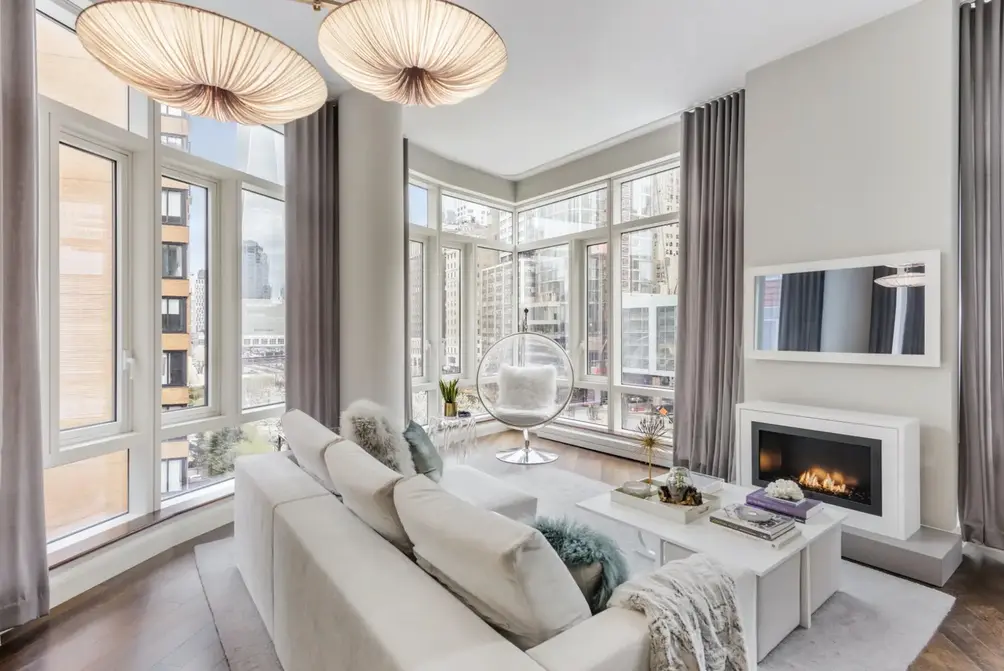 The Visionaire, #6B (Keller Williams)
The Visionaire, #6B (Keller Williams)
From the Listing: Designed by world-renowned architect Pelli Clarke Pelli, The Visionaire is Manhattan’s first green LEED Platinum certified residential property. Upon entering your fully furnished sunlit corner home, you'll immediately be wowed by the soaring 11-foot floor to ceiling windows which provide a full view of the Freedom Tower and beautiful tree-lined streets below. The open concept chefs kitchen is equipped with eco black Riverstone countertops, Sub-Zero, Wolf, and Miele appliances, and bamboo cabinets. See floor plan and full details here.
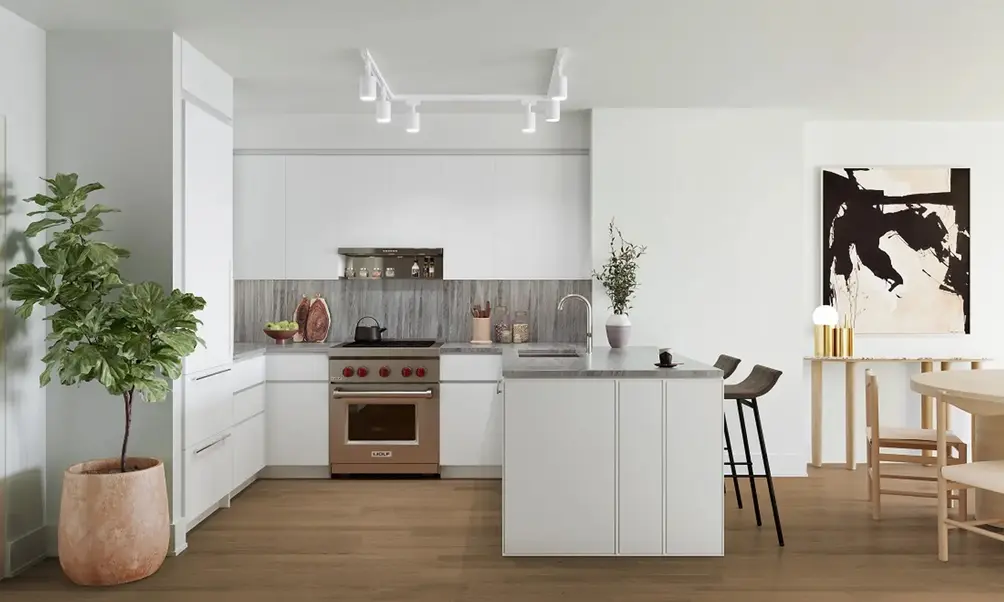 The Solaire, #6J (Corcoran)
The Solaire, #6J (Corcoran)
From the Listing: The Solaire is America’s first green residential high-rise. Interiors of this one-bedroom with home office have been designed by the acclaimed, environmentally focused architecture firm COOKFOX, and feature 4" wide plank white oak flooring in a custom satin finish, and custom Italian kitchens with matte-lacquered millwork. Beautiful and durable Quartzite slab countertops frame fully integrated Sub-Zero and Cove appliances, a Wolf range, and stainless steel Julien sink with InSinkErator waste disposal and Lefroy Brooks polished nickel faucet. See floor plan and full details here.
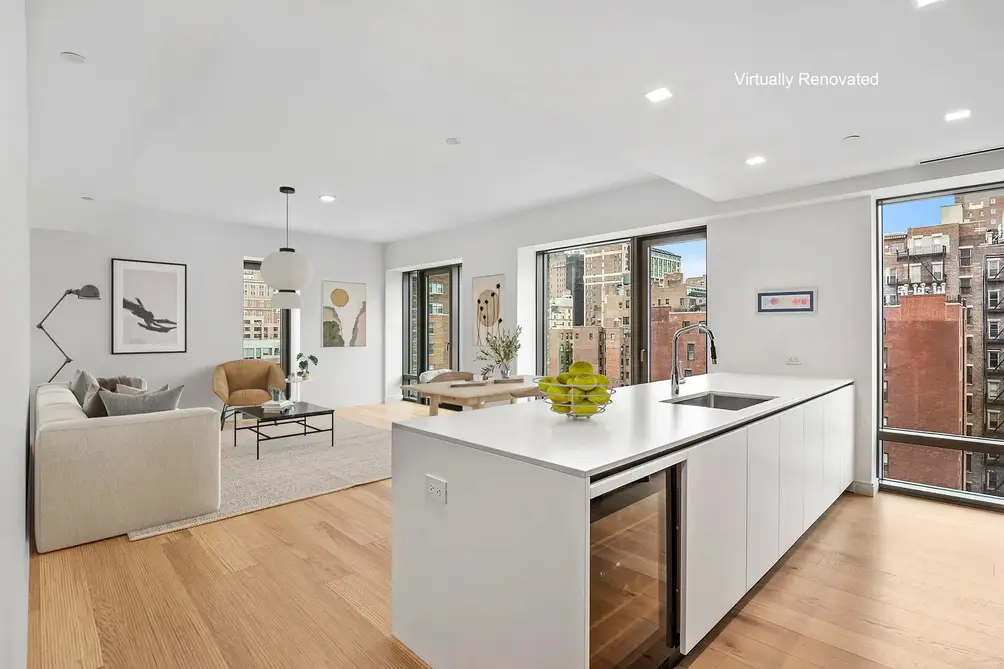 200E21, #12A (Corcoran)
200E21, #12A (Corcoran)
From the Listing: This LEED Gold certified building was designed by BKSK Architects featuring custom interiors by Champalimaud. Unit #12A, a beautiful and well proportioned corner unit offering southern, western and eastern exposure, features oversized bronze windows allowing for tons of natural light all day long. The incredible windowed kitchen features a massive white lacquer center island perfectly complemented by beautiful custom hardwood cabinets and elegant custom tile backsplash. See floor plan and full details here.
Would you like to tour any of these properties?
Just complete the info below.
Or call us at (212) 755-5544
Would you like to tour any of these properties?


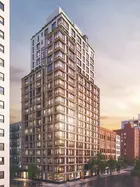
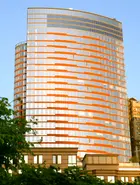
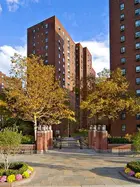
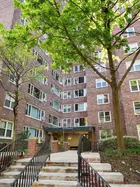
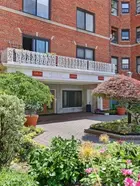
 6sqft delivers the latest on real estate, architecture, and design, straight from New York City.
6sqft delivers the latest on real estate, architecture, and design, straight from New York City.
